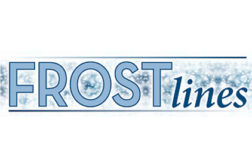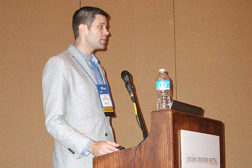Home » refrigeration systems
Articles Tagged with ''refrigeration systems''
Liquid Nitrogen-Powered Technology Is an Alternative to Diesel Refrigeration Units
Read More
EPA Approves SNAP Substitutes
New Rule Expands List to Include More Low-GWP Alternatives
March 23, 2015
The Transactional Way to Efficient Refrigeration
Approach Being Studied by Oak Ridge, Energy Department
Read More
Feb. 12, 2015: Intertek Invests More Than $20 Million in Refrigeration Testing Capabilities
Investments Build Major Network of Engineers and Testing Facilities
February 12, 2015
Retailers Look for Solutions as Convenience Refrigeration Expands
Intense Competition and Changing Customer Behavior Have Changed the Landscape for Supermarket Refrigeration
Read More
Considerations in Refrigeration Systems
Refrigerants, Design, Commissioning Come into Play
Read More
Pairing Emerging Refrigerants with Appropriate Systems
Refrigerants, Design, and Commissioning Come into Consideration
Read More
Copyright ©2024. All Rights Reserved BNP Media.
Design, CMS, Hosting & Web Development :: ePublishing








